Stoves for the Vesuvius bathhouse: assortment overview

In the bathhouse, one of the most important elements is the stove. From what material it is made of, the time of heating the water and the room of the steam room, the amount of fuel consumed, and the service life depend. The article provides an overview of stoves for a bath from the manufacturer "Vesuvius".
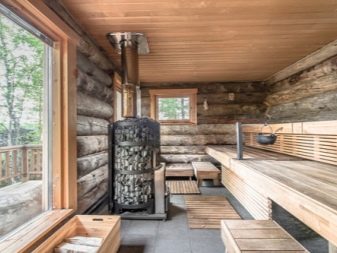

Features and Benefits
The Vesuvius company produces a wide range of oven products and related products, but a distinctive feature of the ovens is their special shape without corners for uniform heat distribution.
The range of stoves for a bath from the Vesuvius company is divided, depending on the material of manufacture, into cast iron and steel. In each case, there are several options for making stoves: with or without finishing (forged elements, coil stone or sandstone), open panoramic windows near the firebox or deaf, open or closed stove.
The sizes of the stoves are varied, they can be selected for rooms with an area of 6 to 40 m3.
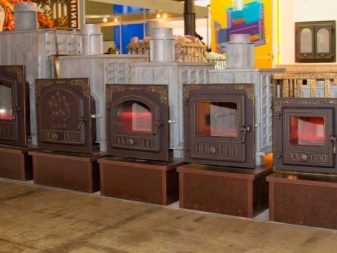
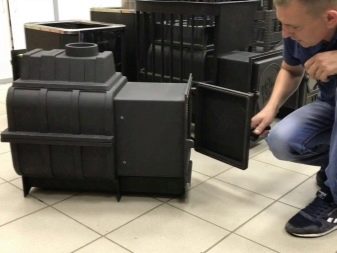
The company's catalog contains all the necessary elements for creating a complete heating complex from a stove to a chimney and other components. All elements can be replaced if something becomes unusable during operation.
An extensive dealer network of partner companies allows you to purchase products in many cities of the Russian Federation, from Kaliningrad to Yuzhno-Sakhalinsk.
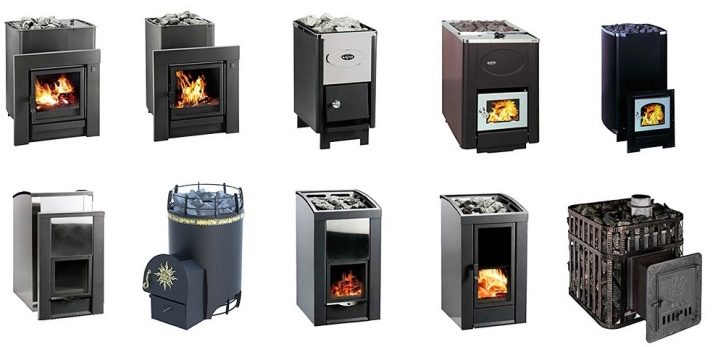
Design
Sauna stoves can be classified according to their main characteristics - body material and method of generating heat energy.
- Wood-heated brick oven. The most reliable and durable (subject to high-quality brickwork), and the steam generated in the steam room from a brick stove is considered optimal for Russian baths. The disadvantage of these ovens is their high weight and long warm-up time.
- Metal stove, wood burning. Steel or cast iron alloy is used as the body material. The most common use in private steam rooms.
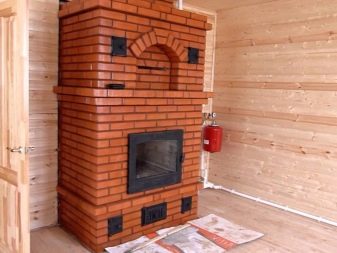
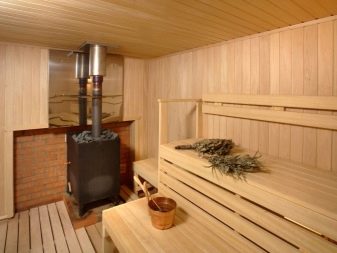
- Electric oven, heat comes from heating elements. The advantage in this case is the absence of a chimney, which makes it possible to equip small saunas in apartment buildings.
- Gas ovens. The heat source in such stoves is gas, which is considered a cheap material, but its use requires great care and certain skills.

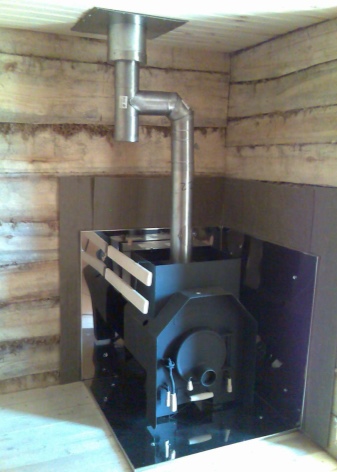
Despite the differences, the principle of operation and the design of the main units of the furnaces are the same.
Fuel (wood, gas) must be burned in a special compartment. For efficient fuel combustion, it is necessary to provide oxygen to the furnace through special channels (“primary” air comes, as a rule, from the “blower door - ash box - grate” channel; an additional channel is also created for supplying “secondary” air).
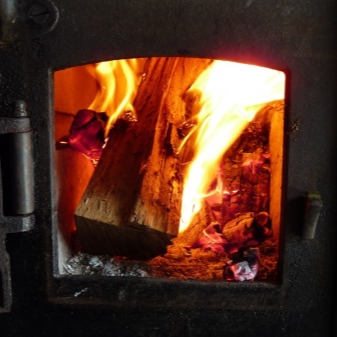
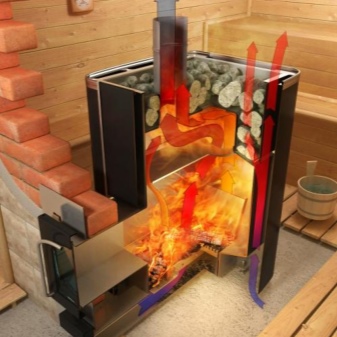
- During combustion, fuel gives off heat in the form of gas and smoke, which, passing through special channels, give it to stones and the walls of the water tank body. For better heat transfer, the channels for gas and smoke are made like labyrinths so that they change direction several times and go a longer way to the chimney.
- Heated stones give off their heat more evenly, cool down for a long time.
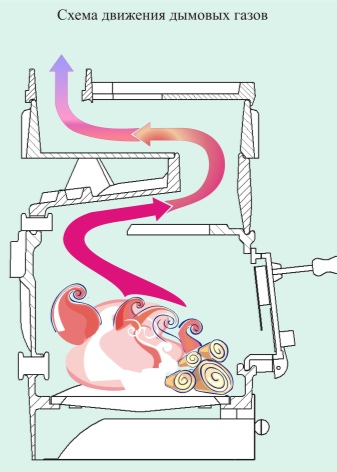
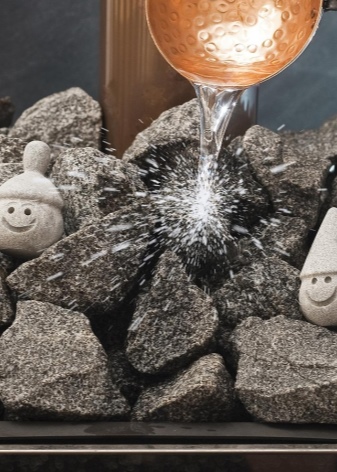
We will consider the device of the stove for a bath from "Vesuvius" on the example of a model with a convection-ventilated casing. In the figure below, all the main nodes are labeled.
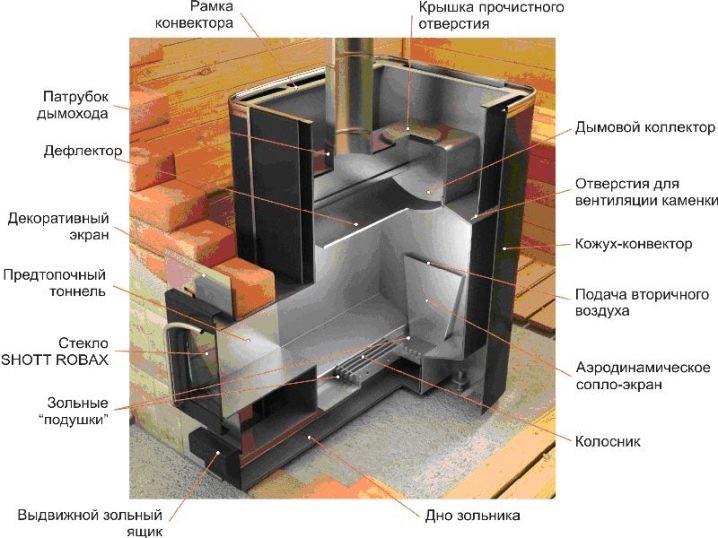
Separately, it is worth describing the situation with heat exchangers, which ensure the availability of hot water in the bath, they are used in two ways.
- By installing a water tank on the outlet from the stove chimney. Such heat exchangers are called "samovar" type.
- The water tank is attached directly to the wall of the firebox. In this case, heating occurs directly from the hot metal surface of the fuel compartment. Such heat exchangers are called "built-in".
High-alloy heat-resistant stainless steel with a thickness of 2 mm is used for the production of heat exchangers.
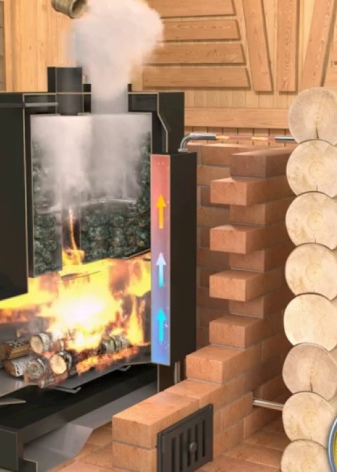

When choosing a model, keep in mind that only the built-in heat exchanger is included in the price of the standard package. If you need a remote water tank, then you need to purchase it additionally. Only in some models of steel furnaces of the "Skif" series there are tanks for the heat exchange circuit.
For special connoisseurs of steam rooms in the model range of Vesuvius ovens there are several modifications with a steam generator. The device of such a furnace is shown in the figure below.
The steam generator delivers water to the hottest stones located in the immediate vicinity of the firebox and warming up to a temperature of 550 °. The steam produced in this way is very fine and light.
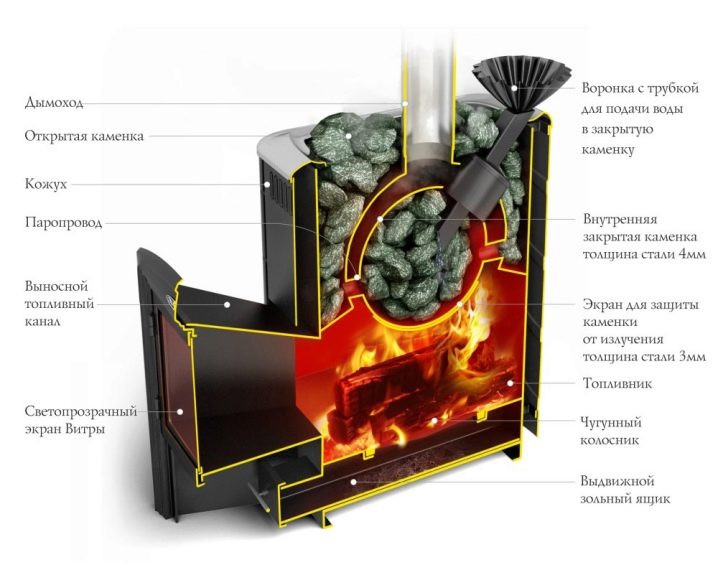
How to install and heat correctly?
Any stove can only be installed on non-combustible, stable substrates (concrete, brick, steel, ceramic tiles). The same applies to the walls adjacent to the furnace surface - they must be covered with refractory materials.
When choosing a place for the oven, consider the following minimum permissible distances:
- from the vertical surface of the furnace to flammable substances - 500 mm;
- from the furnace window to the walls - 500 mm;
- the floor in front of the firebox door must also be protected with non-combustible materials (for this, a sheet of metal with dimensions of at least 1000x400 mm must be laid along the stove);
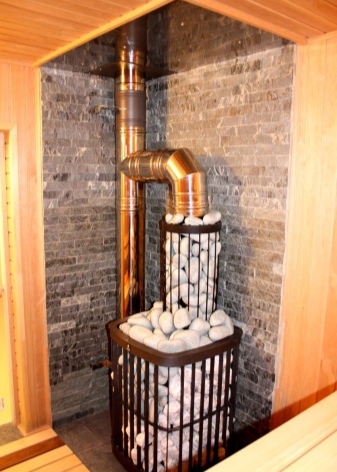
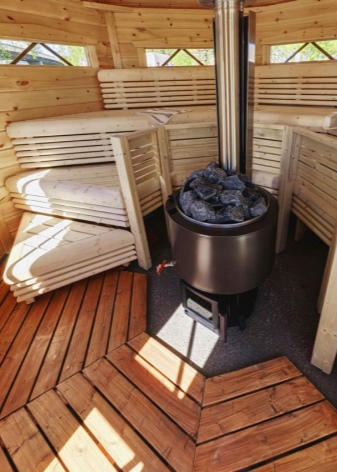
- from the upper surface of the stove to the ceiling must be at least 800 mm;
- uninsulated nozzles must be within 1000-1200 mm from fire hazardous substances in the horizontal and vertical directions, respectively;
- the chimney should rise above the bath roof by at least 500 mm.
Sometimes, in the conditions of small bath rooms, it becomes necessary to reduce the permissible distances. This can be done provided that refractory brick screens are created for the rear and side walls of the stove.
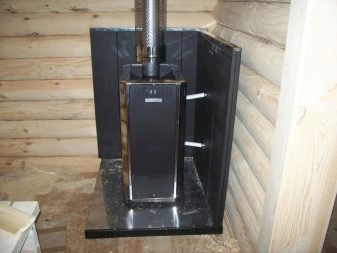
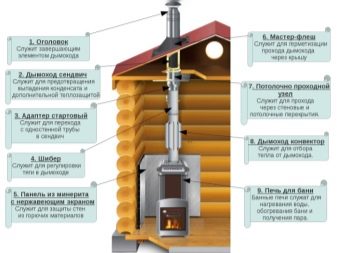
To comply with all fire safety standards when installing the furnace, the manufacturer recommends referring to SNiP 2.04.05-91.
After installation, a test furnace is necessarily carried out to make sure that all joints of structural elements are tight. A normal draft of air should be created when the smoke duct damper is opened.

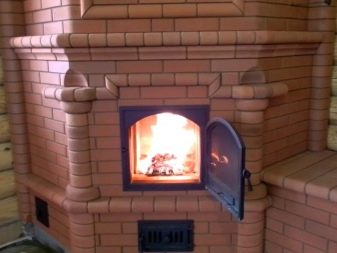
Range
The Vesuvius cast iron stoves are reliable and durable. This factor is of key importance in the bath, where the metal is exposed to aggressive action of water vapor, as well as to high temperatures during fuel combustion. A cast iron stove in terms of efficiency is the closest to a brick one. In addition, cast iron stoves do not burn oxygen in the steam room, and when heated, no hard infrared radiation is emitted. Therefore, the steam in a bath with a cast-iron stove is soft and light, which creates optimal air parameters to create the effect of a "Russian bath".
The higher cost of cast iron stoves than steel ones is covered by their unlimited service life.
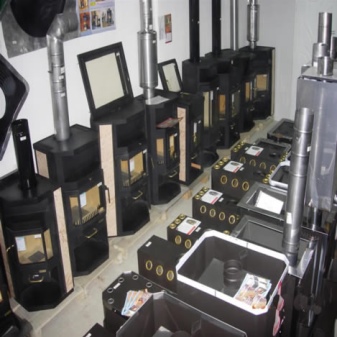
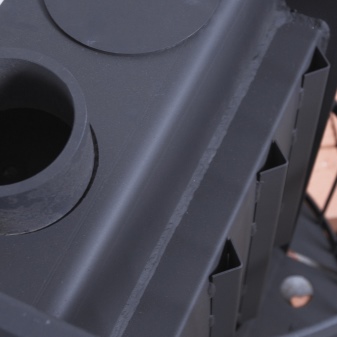
According to the manufacturer, the design features of cast iron furnaces are as follows.
- The stove consists of 3 elements, which are interconnected with a ceramic cord. It can withstand temperatures up to 1200 degrees. Since in wood-burning stoves the temperatures during fuel combustion do not exceed 1000-1100 degrees, then we can conclude that such stoves will be sealed.
- The parts of the furnace themselves are connected to each other by means of a thread, which ensures absolutely safe operation.
- The developers of the Vesuvius company have selected the optimal alloy of cast iron and castings.Products made from such an alloy do not lose their structural characteristics even when exposed to large amounts of water.

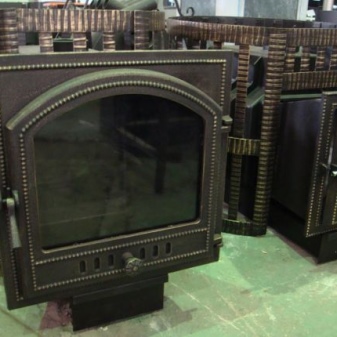
The table provides a brief overview of the models of cast iron furnaces by main characteristics at the beginning of 2018.
№ | Feature \ Series | "Sensation" | "Legend" | "Hurricane" | "Premium" |
1 | Peculiarity | -the volumetric ventilated heater; - there is an external convection-ventilated casing | - open stone | -provides stones heating up to 400 ° (to create a fine-dispersed steam) | -the outer case is finished in stone (sandstone or serpentine) |
2 | Allowable volume of premises for optimal heating, m3 | 6-14; 8-18; 12-24; 14-30 | 6-14; 8-18; 12-24; 14-30 | 8-18; 12-24; 14-30 | 8-18; 12-24; 14-30 |
3 | Types of furnace doors | -deaf sealed; -deaf, leaky; - panoramic with heat-resistant glass, not sealed; - panoramic with heat-resistant glass, sealed | -deaf sealed; -deaf, leaky; - panoramic with heat-resistant glass, not sealed; - panoramic with heat-resistant glass, sealed | -deaf sealed; -deaf, leaky; - panoramic with heat-resistant glass, not sealed; - panoramic with heat-resistant glass, sealed | -panoramic with heat-resistant glass, sealed; -fireplace self-cooled with heat-resistant glass and with a cleaning system |
4 | Stove (open / closed) | closed | open | open | closed |
5 | Price range, rub. | 17000 – 40430 | 15860 – 40430 | 27560 – 47650 | 36190 – 57980 |
6 | Number of models, pcs. | 29 | 32 | 18 | 12 |
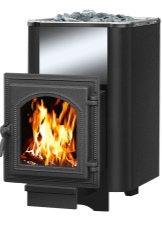
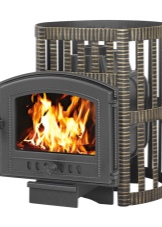
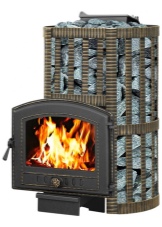
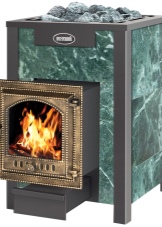
Steel stoves for a bath are more budgetary, but less durable than cast iron. However, according to the manufacturer, their furnaces are made of structural steel with a metal thickness of up to 8 mm and with a minimum number of welds.
Also, the stoves are equipped only with cast iron doors, which do not deform during operation, and the glass in such doors does not burst.
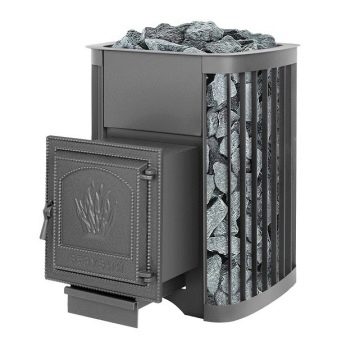

For convenience, the review of the range of steel furnaces is made according to the same characteristics as cast iron furnaces.
№ | Feature \ Series | "Optimum" | "Scythian" | "Rusich" | "Lava" | Closed Heater Stoves | Premium | Steam generator ovens |
1 | Peculiarity | -simplified structure of the furnace and the use of metal 5 mm thick provides a low cost; -there is a model that needs to be heated from the steam room; -stones capacity up to 110 kg | - convection-ventilated casing of the "Grid" type, with a stone capacity of 110 kg, 130 kg or 230 kg; - thickness of structural steel 6-8 mm; -the decor of some models contains elements of decorative forging | - the casing is convection-ventilated, with a capacity of stones up to 50 kg; - thickness of structural steel 6-8 mm | - the casing is convection-ventilated, with a capacity of stones up to 50 kg; - thickness of structural steel 6-8 mm | -the stove is suitable both for creating the effect of a Finnish sauna and for a Russian bath; -in the upper part there is a compartment with a closed stove, where they are heated up to 400 °; -the thickness of steel in the most vulnerable parts of the furnace reaches 12 mm; - convection-ventilated casing of the "Grid" type, with a stone capacity of 170 kg | - the casing is trimmed with a "serpentine" stone (has medicinal properties, high heat capacity); -stones capacity from 60 to 80 kg, depending on the model | - the presence of a steam generator in the design of the furnace, which creates soft steam; -stones capacity 180 kg |
2 | Allowable volume of premises for optimal heating, m3 | 6-14 | 6-14; 8-18; 12-24; 14-30; 24-40 | 6-14; 8-18; 12-24; 14-30 | 6-14; 8-18; 12-24; 14-30 | 12-24; 14-30 | 12-24; 14-30 | 14-24 |
3 | Types of furnace doors | -deaf, leaky | -deaf, leaky; - panoramic with heat-resistant glass, sealed | -deaf, leaky; -heat-resistant glass is not sealed; - panoramic with heat-resistant glass, sealed | -deaf, leaky; -heat-resistant glass is not sealed; - panoramic with heat-resistant glass, sealed | -deaf, leaky; -heat-resistant glass sealed; -fireplace self-cooled with heat-resistant glass and with a cleaning system | -fireplace self-cooled with heat-resistant glass and with a cleaning system | |
4 | Stove (open / closed) | open | open | closed | closed | closed | closed | open |
5 | Price range, rub. | 9030 | 11700 – 47680 | 13180 – 28500 | 12680 – 27710 | 19190 – 40150 | 40380 – 51610 | 16480 – 23250 |
6 | Number of models, pcs. | 2 | 30 | 18 | 23 | 5 | 4 | 4 |
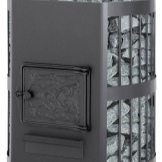
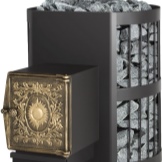
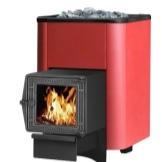
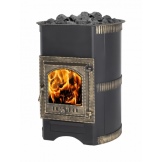
Owner reviews
Of the shortcomings, only a long heating time and the risk of burning out after several years of operation are noted. It cannot be said that Vesuvius oven products are ideal. However, the variety of the lineup with different characteristics and the acceptable price range have created a decent army of fans of these recognizable stoves.
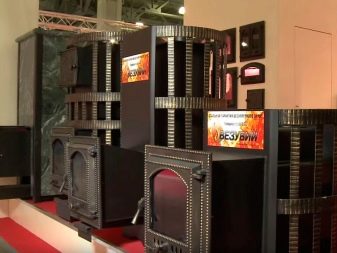
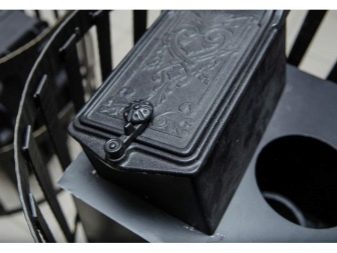
How to assemble and disassemble the Legend stove from the Vesuvius company, see the next video.




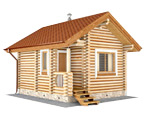
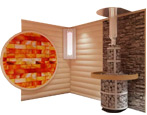
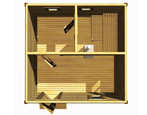
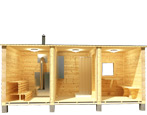
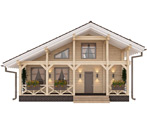
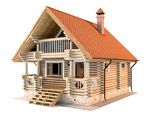


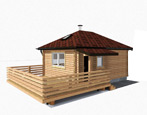
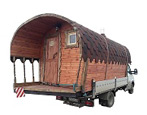


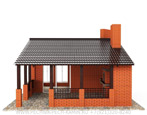

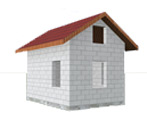

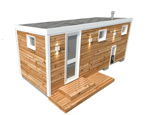
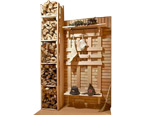
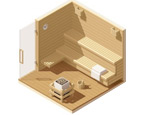
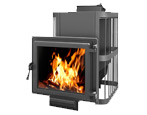
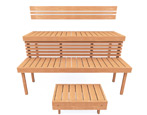
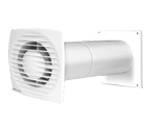

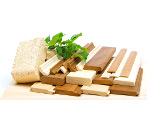


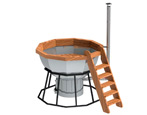
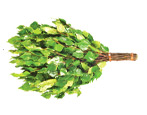
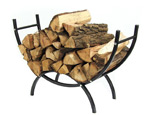
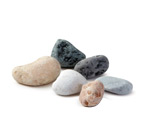
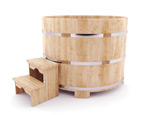
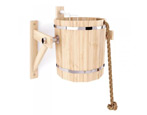
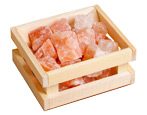

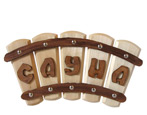
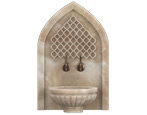

























































The comment was sent successfully.